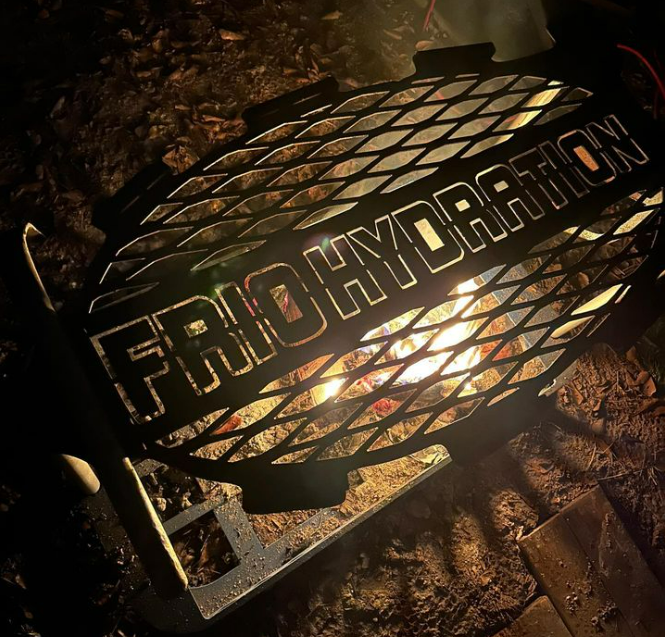Sports Medicine Broadcast

Backboarding the Injured Athlete
Backboarding the injured athlete is an ever-evolving skill. Dr. Matt Camarillo discusses it live at the Memorial Hermann Sports Medicine Update

How common are spinal cord injuries?
-9-10% of injuries are spinal. About 12,000 nationally.
Looking at physicals I have a couple of athletes with previous spinal cord injuries. What are some of the things that I should be more aware of when taking care of these athletes?
-Usually due to trauma or born with cervical stenosis.
-Should have a spine surgeon associated with the athletic population
We talk about spinal cord injuries, and the first thing we think about is football. We think that it is equipment-heavy and collision-based and talk about equipment removal for that. But what is the instance in other sports?
-Happens in lacrosse, gymnastics, hockey, soccer, baseball, and basketball.
-Helmet and shoulder pads keep them in alignment then leave it on.
-If only a helmet probably needs to come off.
These spinal cord injuries, I believe you mentioned there are about 12,000 injuries per year. Are these spinal injuries with awareness in education are we increasing these or decreasing these?
-Since 1975 they have gone down.
-A lot of spinal injuries come from automobile accidents.
Is there a reason for that?
-Awareness, and if it goes away the numbers will go up again.
Moving back into narrowing down into more of an athletic training setting when working with sport athletes for example what would be our initial assessment and what would be some red flags to actually move the person onto a spine board?
-Big trauma like a head-on hit you want to be careful.
-Clinical judgment.
-numbness bilaterally
The athlete just has a lot of pain.
-Trust your gut
So once you decide to stabilize someone, I know you talked about two methods to stabilize, but what is your preferred method?
-6 man lift
-If you don’t have enough hands, nobody will fault you for doing a log roll.
When is it appropriate to move the neck into neutral?
-It is always ok as long as you do the head or trap squeeze.
-You want to make sure you have access to the airway.
Can you talk a little bit about the difference between a head or trap squeeze?
– head squeeze is more about putting you hands around the athletes head or helmet
-trap squeeze where you are putting your thumbs and finger around someone’s traps and gives you more stability because you also have to add in the fatigue factor.
-Trap squeeze is more stable
Be aware that clothing could cause you to slip while holding a helmet.
I think it comes down to practice and figuring out how everything works. Because once you get it down, then when all that emotion going, if you practice over and over again it just becomes a routine.
What are some tips you have for someone who is working with an equipment-intensive sport, like hockey, that they are not familiar with the equipment?
-Practice
-Use equipment managers to become familiar with equipment.
What does it look like once they are at the hospital?
-equipment removal and go into a cervical collar.
-Then straight to a CT scan is #1.
-Transport to a level 1 hospital because you don’t want to have to move to multiple locations.
Can you talk about differences between places that have stopped using spine boarding techniques like in motorcycle accidents?
-Two different mechanisms and two different thoughts.
-Make sure everyone is on the same page
-You can always ask to talk to a supervisor because these are generally big EMS areas and you can’t control what everyone does.
Can you talk about the order you take the piece off of the helmet?
-Side pieces off first. Allows to flip and gives access to the airway
CPR with shoulder pads. With a spinal cord injury and you are having to do CPR and you are removing the equipment, you would leave the shoulder pads in place as long as you open them up?
-Open them
-If getting into CPR take them off because it has become life-threatening.
Do you have any recommendations for an AT who does not have a lot of volunteers or staff and might be working alone?
You have coaches. Train the coaches. Coaches are always there. Make sure your coaches are in line with helping you.
The highest incidents seem to be in high school/middle school. Can you talk about why?
-Proper tackling technique
-Old equipment
Is there anything else we didn’t touch upon that you wanted to add?
-Education and preparation are the biggest things.
Contact Us:
Shawn Ready – shawnreadyatc@gmail.com
Dr. Mark Knoblauch – maknobla@Central.UH.EDU
Dr. Layci Harrison – lharris5@Central.UH.EDU
Bob Marley – Bob.Marley@uth.tmc.edu
ATCornerPodcast – ATCornerds@gmail.com
Joseph Eberhardt – eberhardtj@pearlandisd.org
Christina Fry – fryc@pearlandisd.org
These people LOVE Athletic Trainers and help support the podcast:
Frio Hydration – Superior Hydration products.
Donate and get some swag (like Patreon but for the school)
HOIST – No matter your reason for dehydration DRINK HOIST
MedBridge Education – Use “TheSMB” to save some, be entered in a drawing for a second year free, and support the podcast.
Marc Pro – Use “THESMB” to recover better.







 Visit Podcast Website
Visit Podcast Website RSS Podcast Feed
RSS Podcast Feed Subscribe
Subscribe
 Add to MyCast
Add to MyCast